Occupational Safety Training for Hydropower Factory
99,000 ₫
Note: The above price is calculated for one person, and the price may fluctuate depending on the number of learners participating in the course and market movements. For more accurate pricing support, please refer to the price list or contact our consulting staff directly.
Occupational safety is an important issue at hydropower factories and needs to be addressed promptly to ensure the health and safety of workers and enhance the reputation of enterprises at these facilities. The Occupational Safety Training course is one of the effective solutions to raise awareness on how to prevent workplace accidents for workers in hydropower factories.
Table of Contents
Toggle1. Overview of Hydropower Factory
a. What is a Hydropower Factory?
A hydropower factory is an electricity manufacturing facility built on rivers, large rivers, or large reservoirs, aiming to utilize the energy of flowing water to generate electricity.
Hydropower factories use the principle of converting mechanical energy from flowing water into electrical energy. This process includes using a dam or a hydraulic structure to create a water storage area, called a reservoir.
When water is released from the reservoir through spillways or pipelines, the water pressure generated will be used to operate generators, such as turbines, to convert mechanical energy into electrical energy.
Hydropower factories are a renewable energy source and do not emit CO2 during electricity manufacturing, helping reduce environmental pollution and contributing to minimizing the human impact on climate change.

b. Hydropower factories in Vietnam
Vietnam has many hydropower factories across the country. Below are some important hydropower factories in Vietnam:
- Son La Hydropower Factory: Built on Da River in Son La province. This is one of the largest hydropower factories in Vietnam, with a capacity of 2,400 MW.
- Hoa Binh Hydropower Factory: Located on Da River in Hoa Binh province. This is one of the first and largest hydropower factories in Vietnam, with a capacity of 1,920 MW.
- Da Nhim Hydropower Factory: Built on Dong Nai River in Lam Dong province. It has a capacity of 280 MW and is considered one of the notable hydropower factories in Southern Vietnam.
- Can Don Hydropower Factory: Located on Se San River in Dak Nong province. It has a capacity of 220 MW and plays an important role in supplying electricity to Central and Central Highlands.
- Dak Mi 4 Hydropower Factory: Built on Krong Pak River in Dak Lak province. It has a capacity of 100 MW and significantly contributes to the electricity supply of the Central Highlands region.
These are just some examples of important hydropower factories in Vietnam. In addition, there are many other hydropower factories such as Tri An Hydropower, Yaly Hydropower, Huoi Quang Hydropower, A Vuong Hydropower, and many other projects being built and developed across the country.

2. Overview of Safety Training Course at Hydropower Factory
a. What is Occupational Safety Training?
- The occupational safety training course is an intensive training program on occupational safety for people working in industries, construction, manufacturing, and high-risk occupations for occupational accidents. This training course is organized by Nam Viet occupational safety training centers at hydropower factories.
- In this course, trainees will be provided with the necessary knowledge and skills to ensure safety for themselves and their colleagues during work. Training topics include occupational safety laws, identifying and assessing potential risks, methods of inspecting and maintaining safety equipment, first aid skills, and handling emergency situations.
- For enterprises, training employees on occupational safety not only helps enhance employee competence and work efficiency but also ensures compliance with occupational safety regulations of the law and minimizes the risks of occupational accidents in the manufacturing and business process.
REGISTER FOR OCCUPATIONAL SAFETY TRAINING SERVICE
b. Training Duration
Occupational safety training duration depends on many factors such as job type, industry… However, the exact total training duration for each group is regulated in Article 19 of Decree 44/2016/ND-CP
- Group 1: 16 hours
- Group 2: 48 hours
- Group 3: 24 hours
- Group 4: 16 hours
- Group 5: 16 hours
- Group 6: 4 hours
c. Content of Training Course
Occupational safety training content includes the necessary knowledge and skills to minimize occupational accident risks, ensure the safety of workers, and protect enterprise assets. Specifically, occupational safety training may include the following contents:
- Knowledge about occupational safety laws, regulations of the state and enterprises on occupational safety.
- Knowledge about risks and types of occupational accidents in the working environment.
- Skills and methods of using personal protective equipment and common protective equipment.
- Methods to minimize occupational accident risks and ensure safety during work.
- How to handle dangerous situations and organize rescue when occupational accidents occur.
- Knowledge about protecting the working environment.
In addition, training content may be adjusted to suit each type of industry and specific working conditions.
d. Occupational Safety Training Certificate
Occupational safety training certificate
- The occupational safety training certificate form is described in detail in Form 08, Appendix II, Decree 44/2016/ND-CP and is issued to groups 1, 2, 5, 6.
- Accordingly, the certificate has a size of 13 cm x 19 cm, and its outer side is sky blue.

- The content of the outer side of the certificate is shown as in the image above
- The inner side of the certificate has a white background, and the content is shown as in the image below.

- The occupational safety card form is described in detail in Form 06, Appendix II, Decree 44/2016/ND-CP
- Group 3 workers will be issued an occupational safety card (commonly called group 3 occupational safety certificate ).
- Accordingly, the card has a size of 60 mm x 90 mm, with content on the front and back sides shown as in the image below.

The employer can issue a group 3 safety card to the trained worker after passing the required test and having a labor contract between the two parties.
- The monitoring book form for groups 1, 2, 5, 6 is described in detail in Form 09, Appendix II, Decree 44/2016/ND-CP.
- The monitoring book form for group 3 is described in detail in Form 10, Appendix II, Decree 44/2016/ND-CP
- The monitoring book form for group 4 is described in detail in Form 11, Appendix II, Decree 44/2016/ND-CP
- Specifically for group 4, only the monitoring book is issued, and there is no group 4 safety certificate.
- The content of the group 4 monitoring book is shown as in the image below.

3. Employment Issues at Hydropower Factory
Hydropower factories provide many job opportunities for individuals with competence and expertise in related fields. Below are some common employment issues at hydropower factories:
- Electrical engineer: Hydropower factories need electrical engineers to design, construct, and operate electrical systems in the factory. Electrical engineers are usually responsible for circuit design, control, system maintenance, as well as supervising operation and troubleshooting.
- Hydraulic engineer: Hydraulic engineers play an important role in managing and operating the hydraulic system of hydropower factories. They supervise equipment such as spillways, pumps, and pipelines, ensuring effective and safe operation of the hydraulic system.
- Operation workers: Operation workers perform daily operation tasks of hydropower factories. Their work includes controlling and monitoring machinery and equipment operation, ensuring stable and safe operation.
- Maintenance workers: Maintenance workers are responsible for maintaining and repairing machinery, equipment, and systems in hydropower factories. Their work includes inspection, periodic maintenance, and troubleshooting to ensure continuous and stable operation of the factory.
- Safety and environment staff: Hydropower factories need dedicated safety and environment staff to ensure compliance with occupational safety regulations, protect the environment, and handle waste.

4. Main Causes Leading to Occupational Accidents at Industrial Zones
The main causes leading to occupational accidents at industrial zones include:
- Failure to meet occupational safety standards: Some industrial zones do not meet occupational safety standards or do not provide enough personal protective equipment for workers.
- Employees not fully trained: Some workers are not fully trained on occupational safety and do not know how to use personal protective equipment.
- Lack of safety equipment: Some industrial zones lack safety equipment such as stairs, railings, emergency exits, fire protection systems…
- Lack of supervision: Some industrial zones do not have occupational safety supervision teams, or supervision is not strict enough, failing to regularly inspect equipment and occupational safety systems.
- Excessive working hours: Some workers must work too long or do not get enough rest, causing fatigue and leading to mistakes during work.
- Failure to comply with occupational safety regulations: Some workers do not comply with occupational safety regulations or do not wear full personal protective equipment, leading to occupational accidents.

5. Measures to Control Occupational Accidents in Hydropower Factory
Controlling occupational accidents is an important factor to ensure the safety of employees working at hydropower factories. Below are some measures to control occupational accidents in hydropower factories:
- Training and education: Provide adequate training and instruction for all employees, including both new and experienced employees, on safe working procedures, use of protective equipment, and other safety rules and procedures.
- Risk assessment: Conduct occupational risk assessments to identify potential problems and hazards in the working environment. This includes identifying potential risks, assessing the likelihood of accidents, and proposing appropriate control measures.
- Protective equipment: Ensure that all employees are equipped with and correctly use personal protective equipment (helmets, goggles, gloves, safety shoes, protective clothing, etc.) during work.
- Safety management: Establish a strict safety management system, including developing procedures, rules, and guidelines on occupational safety. At the same time, develop management policies and procedures to ensure compliance with employee safety and health regulations.
- Inspection and maintenance of equipment: Perform inspection, maintenance, and periodic servicing of equipment, machinery, and systems in hydropower factories to ensure safe and efficient operation.
- Monitoring and evaluation: Continuously monitor to ensure compliance with safety regulations and evaluate the effectiveness of occupational accident control measures.
- Periodically conduct working environment monitoring in factories and enterprises, collect and analyze harmful factors for workers, and then adjust to reduce risks to prevent occupational diseases for them.
6. Benefits of occupational safety training
An Toan Nam Viet provides your business with excellent benefits after completing occupational safety training courses in accordance with Decree 44/2016/ND – CP on occupational safety and hygiene. Companies, factories, enterprises.
- Employees can identify potential risks of occupational accidents and take preventive measures to avoid accidents.
- Your enterprise can establish risk prevention measures in manufacturing, operation, and maintenance processes.
- Minimize costs in case of occupational safety risks.
- Uninterrupted manufacturing processes will help increase labor productivity and product quality.
- Comply with regulations on occupational safety law, avoiding legal risks.
- Create credibility and professionalism in all aspects, thereby enhancing the brand value of your enterprise.
The training courses of An Toan Nam Viet are solutions to prevent and combat external factors affecting each individual so that they can avoid dangers that may lead to injury or, more seriously, death.
REGISTER FOR OCCUPATIONAL SAFETY TRAINING SERVICE
7. Customer feedback after completing the training course
An Toan Nam Viet has gone through many years of experience in the mission of accompanying many businesses in Vietnam in general and in the southern provinces in particular. That responsibility for Nam Viet is something extremely valuable, therefore the Occupational Safety Training of Nam Viet has always been increasingly professional. The motivation for An Toan Nam Viet to grow strongly to this day comes from both positive feedback and contributions from businesses. Below are the responses of our valued partners that we have served.
Bac Nam E&C Construction Investment Joint Stock Company
“The first time using the service at An Toan Nam Viet I was very surprised by the enthusiastic 24/7 support from the consulting team. The class organization was very fast and convenient for our company, thank you very much for the service of Nam Viet!”
Hoa Dat Construction and Trading Joint Stock Company
“The service of Nam Viet has helped us a lot in simplifying occupational safety and completing safety records for the working process. The consulting team was enthusiastic and timely in responding to our questions. 5 stars for Nam Viet.”
See more customer interviews after using the service of An Toan Nam Viet
8. Occupational Safety Training capacity of An Toan Nam Viet
An Toan Nam Viet is a reputable and quality occupational safety training center in Vietnam today. Occupational safety training sessions are continuously held at manufacturing workshops, factories, or construction sites across the country (63 provinces in Vietnam).
REGISTER FOR OCCUPATIONAL SAFETY TRAINING SERVICE
License for occupational safety training
- An Toan Nam Viet has been Department of Occupational Safety of the Ministry of Labor – Invalids and Social Affairs inspected and issued a certificate of eligibility for occupational safety and hygiene training activities. This further strengthens our capacity in occupational safety training.

Documents and lectures
- Before occupational safety training documents are included in the occupational safety training courses, they are reviewed and approved to ensure that the lectures are always accurate in terms of knowledge and effective when applied.
- The teaching methods of the lecturers are standardized according to the teaching standards of An Toan Nam Viet, methods that experts in occupational safety and hygiene training have researched and summarized in the teaching process to bring the highest knowledge acquisition efficiency for learners.
Facilities
- Controlling factors in the classroom that affect the training process will increase teaching performance and the effectiveness of learners’ knowledge acquisition.
- Training support facilities of ours are always arranged with spacious classrooms meeting standards of area, lighting, training equipment, etc.
9. Reputable national quality safety training center
At An Toan Nam Viet, we always put our dedication to occupational safety training as the top priority. For us, imparting knowledge of self-protection to workers so that they can have safety knowledge on their career path is contributing to nation building.
To ensure effective training, we prepare carefully and meticulously, even the smallest details. From preparing tools, teaching equipment to curriculum, materials, sound, and lighting.
Our occupational safety training lecturers are experts with many years of experience in the field. They even have research works on identifying hazards in all industries and how to prevent them.
The lectures of the lecturers are drawn from practice and delivered in the most vivid and easy-to-understand way to workers. These factors make workers comfortable during study time and well absorb the knowledge taught. Of course, the knowledge imparted always adheres to Decree 44/2016/ND-CP.
From there, they grasp many measures to prevent dangers and protect themselves. At the same time, they also apply them most appropriately in their actual work.
Our safety training center is proud to be a reputable, professional provider of occupational safety training services with the following advantages:
- Competitive training costs but training quality is still guaranteed.
- Flexible training schedules according to the manufacturing situation of the enterprise.
- Quick and lawful procedures for issuing occupational safety training certificates.
- Training lecturers are those with many years of experience in the profession.
- Classrooms are controlled for factors affecting the training process, increasing teaching performance and learners’ knowledge acquisition effectiveness.
- The lectures are compiled in accordance with occupational safety at enterprises.
- An Toan Nam Viet works with dedication and professionalism to support customers accurately and quickly.

10. Refer to more occupational safety training documents
- Occupational safety documents when working in hydropower plants
- Occupational safety training document set
- Occupational safety training exam set
- Occupational safety multiple-choice test when working in hydropower plants
- Slide lecture on occupational safety training when working in hydropower plants
1 review for Occupational Safety Training for Hydropower Factory
No comments yet

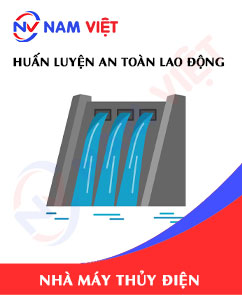
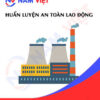
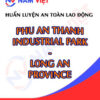



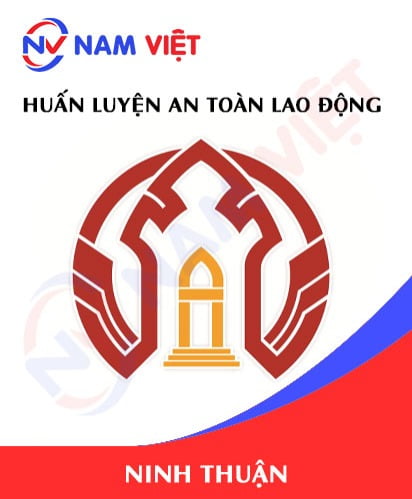
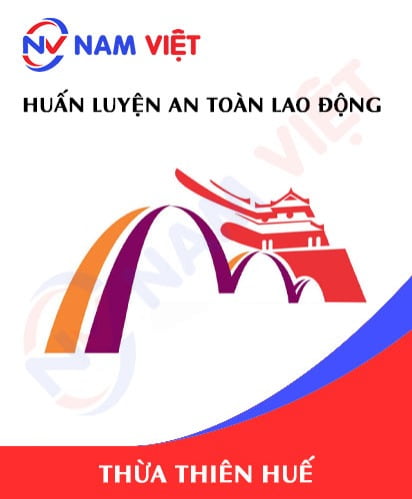
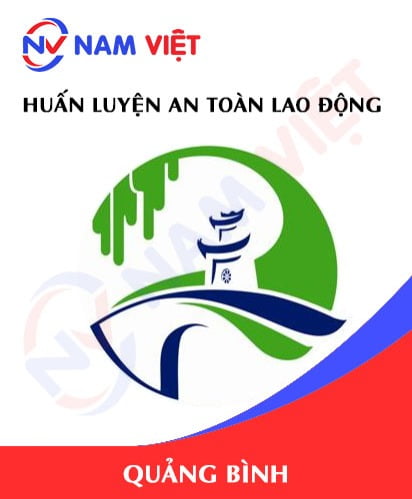
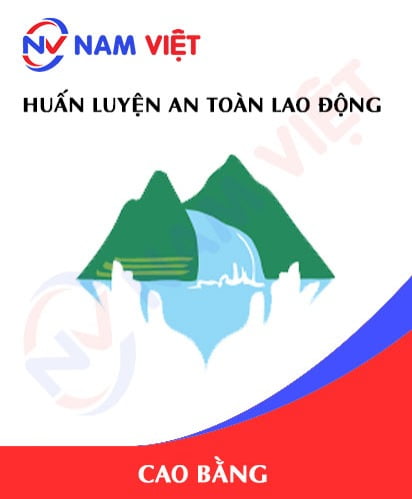

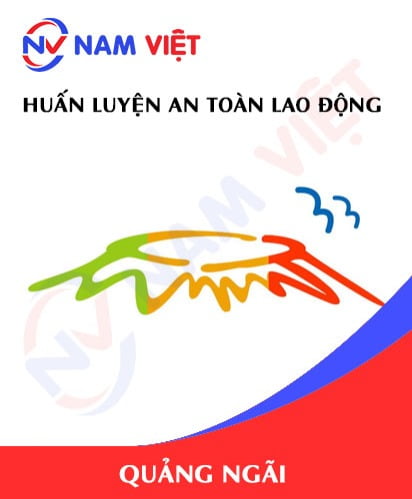
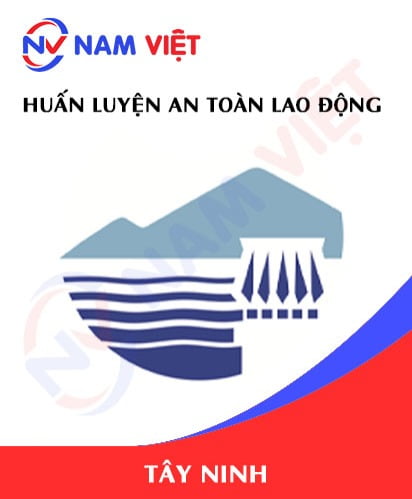
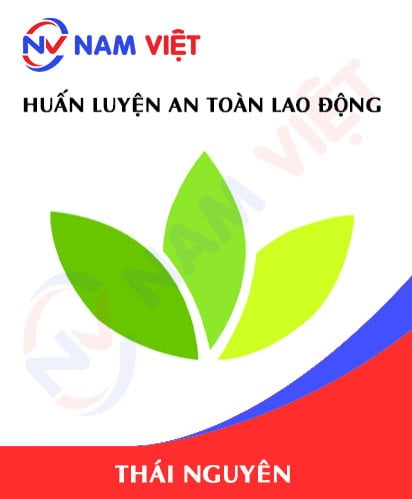
caotiensyhung.07081999
Trung tâm huấn luyện ok tốt